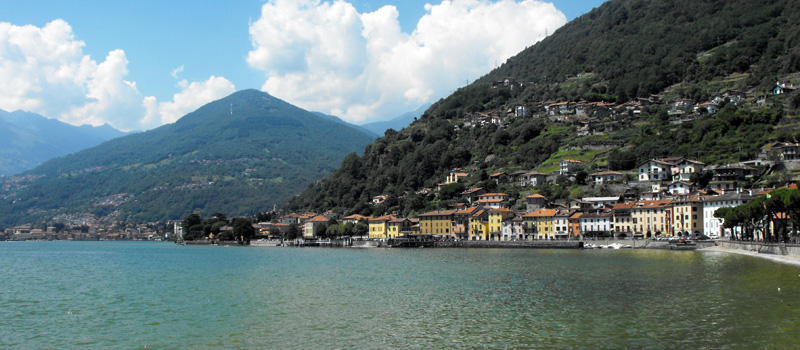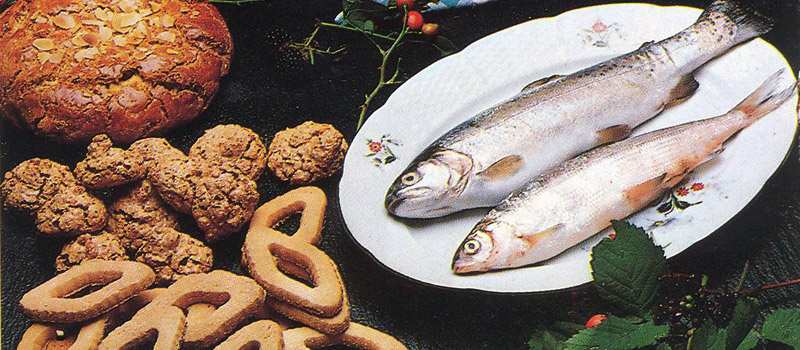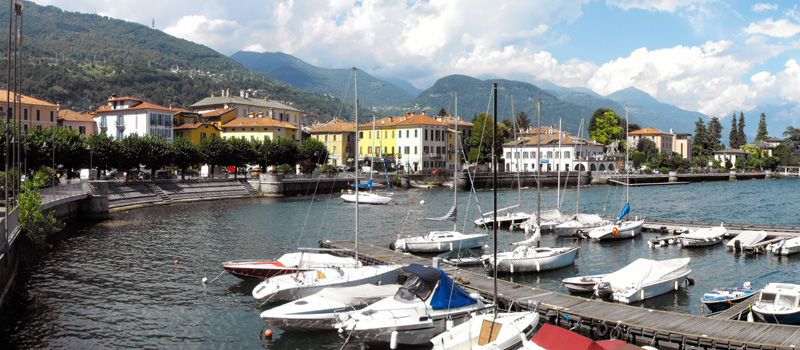
The land of Gravedona signals its conspicuous historical rank not only with the exemplary religious building of the church of Saint Maria del Tiglio, but also with the nearby Palazzo Gallio, noble residence of Bartolomeo Gallio. The Como-born Cardinal of the Holy Roman Church, Count and Lord of the Tre Pievi di Gravedona, Sorico and Dongo, attracted by the mildness of the place, had his residence constructed here probably around 1583-1584, and it seems that it was completed in 1586.
Designed by Pellegrino Tibaldi the architect native to Valsolda who was Carlo Borromeo's favourite for the construction of numerous churches in the Milan area, and was also the inspirer of the extraordinary church named Croce a Riva San Vitale, today Canton Ticino, on lake Ceresio. Gallio Palace is also called the Four Tower Palace, in the three floors of the lake-facing façade, three different architectural orders can be distinguished, and a majestic hall occupies part of the inside. The Palace appears as a fortified castle born from the closed central system.
Closed among angular towers, softened by openings and covered roof-terraces, with the front facing the lake, perforated by the measured curvilinear rhythm of the three arcades, overlapped by the upper open gallery, is a private spot for an incredible view of the waters of Lake Como. Today, it is the site of the Comunità Montana Alto Lario Occidentale (Ass.n of Mountain Municipalities of Eastern Alto Lario) - cultural events, shows and performances take place in its halls. To the right of building, there was a garden, alluded to since 1500 for its rare essences; today's garden, largely re-organised, stretches toward the mountain.

Over time Domaso, being an ancient fishing town, has become the Upper Lake's most hospitable center, rich in campsites and facilities for welcoming tourists, all while maintaining the characteristics of its history intact.
Domaso
Dried Shad (Agone), called Missoltini or Missultin, were at one time a precious food for inhabitants of Lake Como, the particular processing allowed them to be conserved for more than a year, traditional Lake Como cuisine.
Lario Cuisine
In Dongo, among the buildings stands out the neoclassic Manzi, today town hall and site of the Museum of the end of the war (Resistance Museum), a building realized by Pietro Gilardoni (1824), a student of Pollak.
Dongo